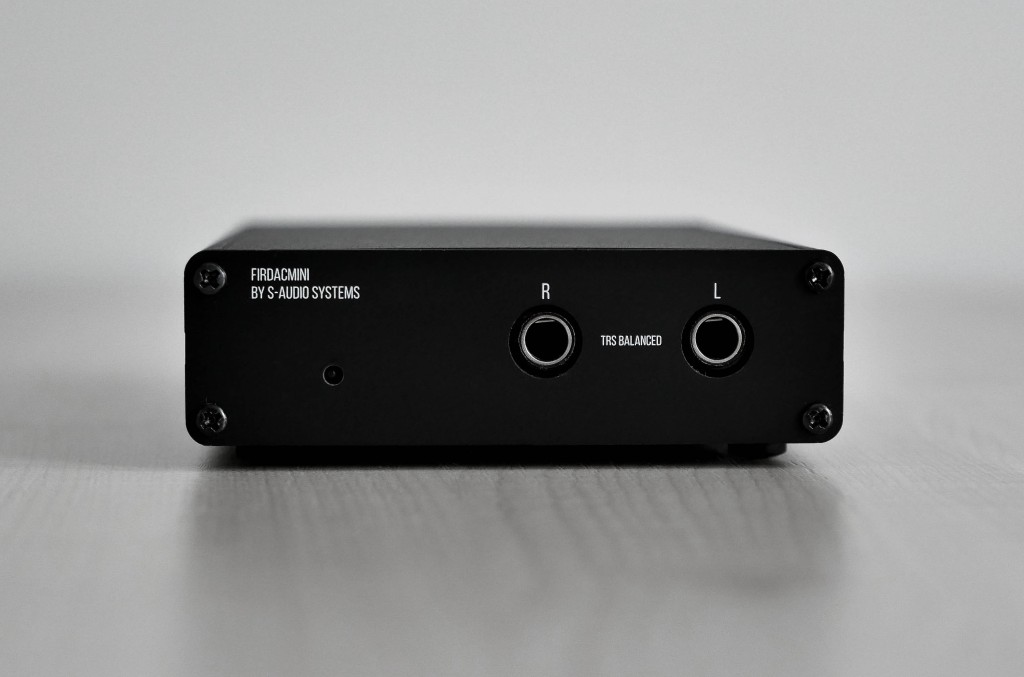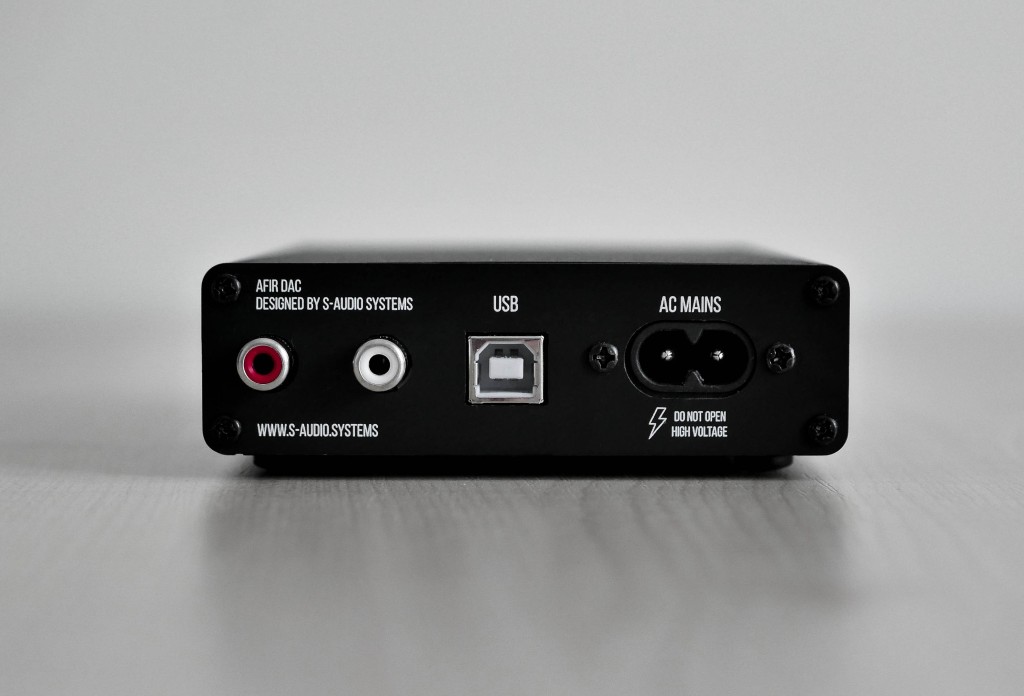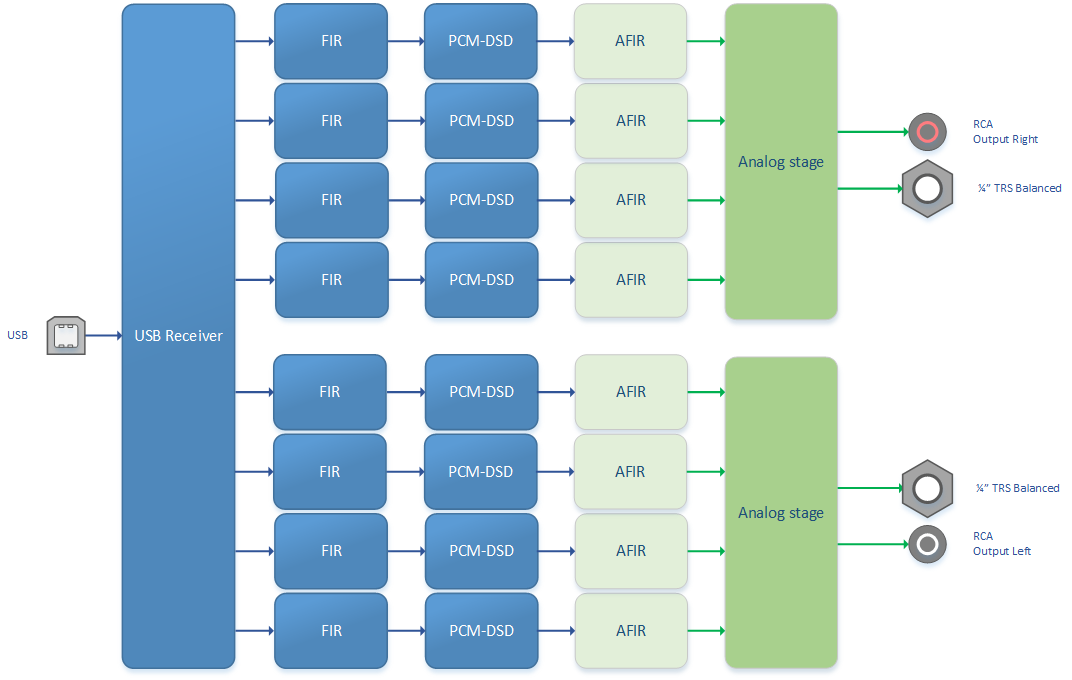DAC FIRDACmini
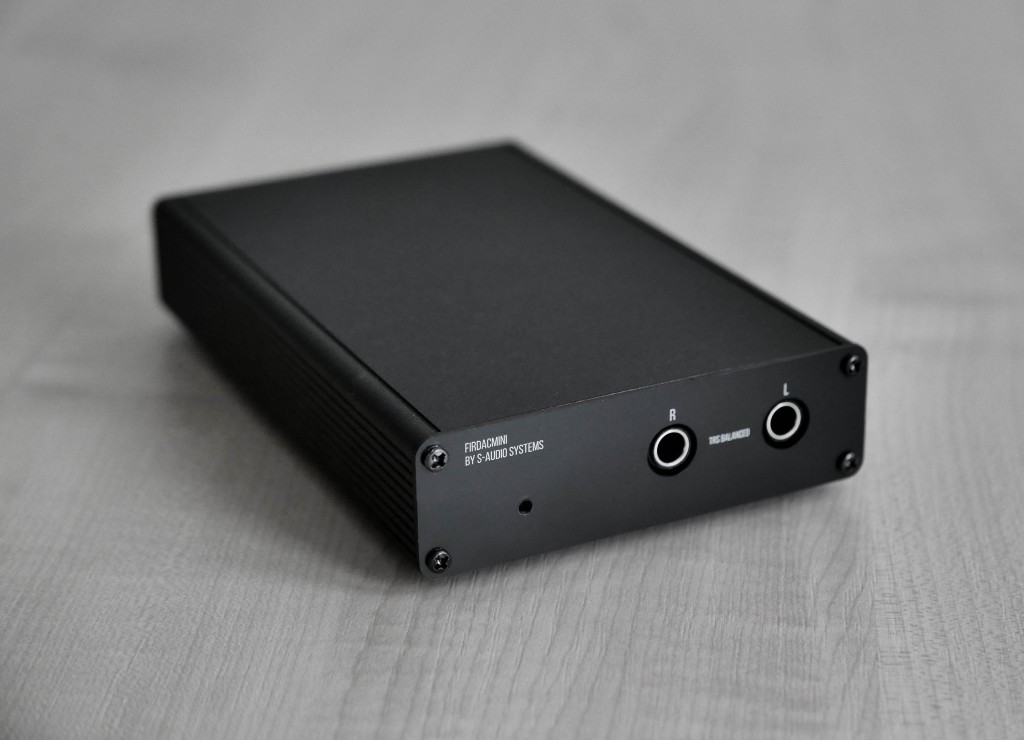
Very briefly I want to introduce a DAC for professional studio use and extremely demanding home users called FIRDACmini.
The block diagram is shown below:
As you can see, the device consists of eight (4 per channel) DACs, each include a digital FIR filter, a 3rd order 1-bit Sigma-Delta modulator and a semidigital FIR filter (AFIR). This structure allows to obtain an ideal "analog" signal with low distortion. The four DACs of each channel are combined in parallel-differential manner. Each of the DACs has a digital offset with a different sign (+ or -) to allow the operating amplifiers of the current-to-voltage conversion stage to operate in class-A.
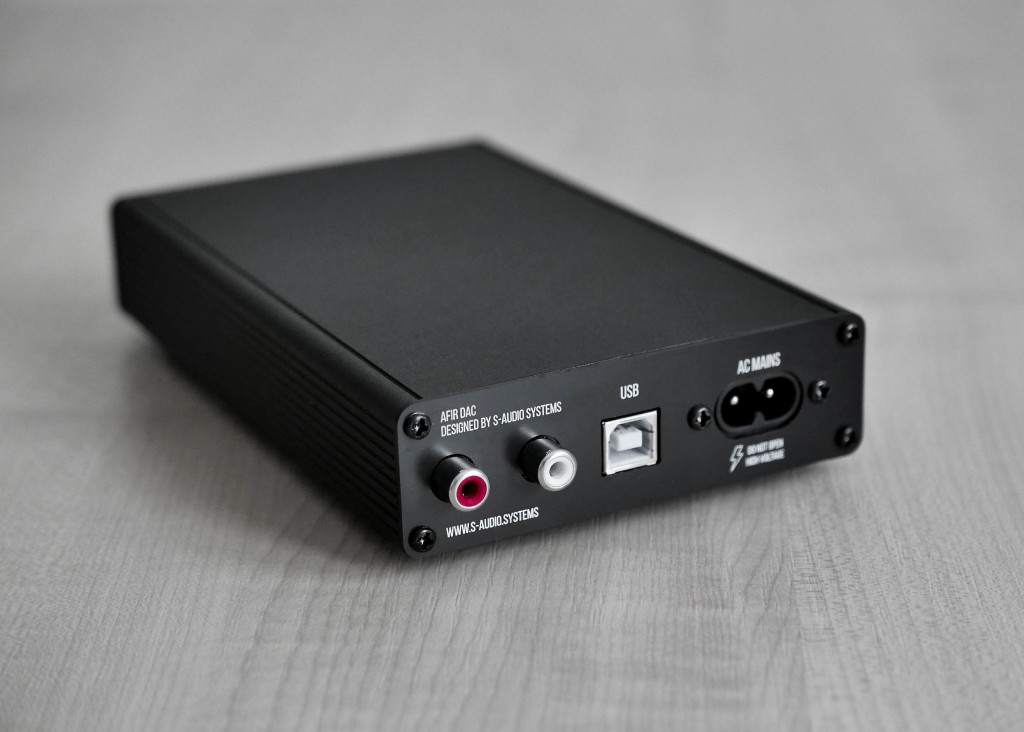
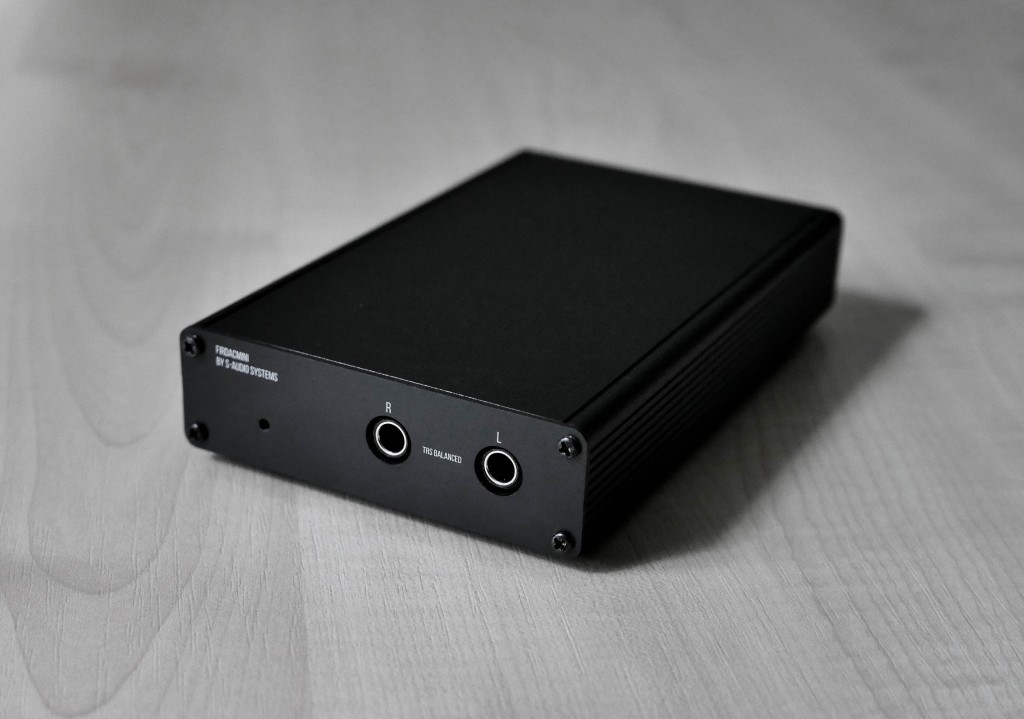
The front panel of the device features (from left to right):
- LED sampling rate indicator (green — 44.1/48 kHz, orange — "HiRes").
- Balanced output.
On the back panel of the device (from left to right):
- Line output.
- USB input.
- AC mains power connector (IEC C7).
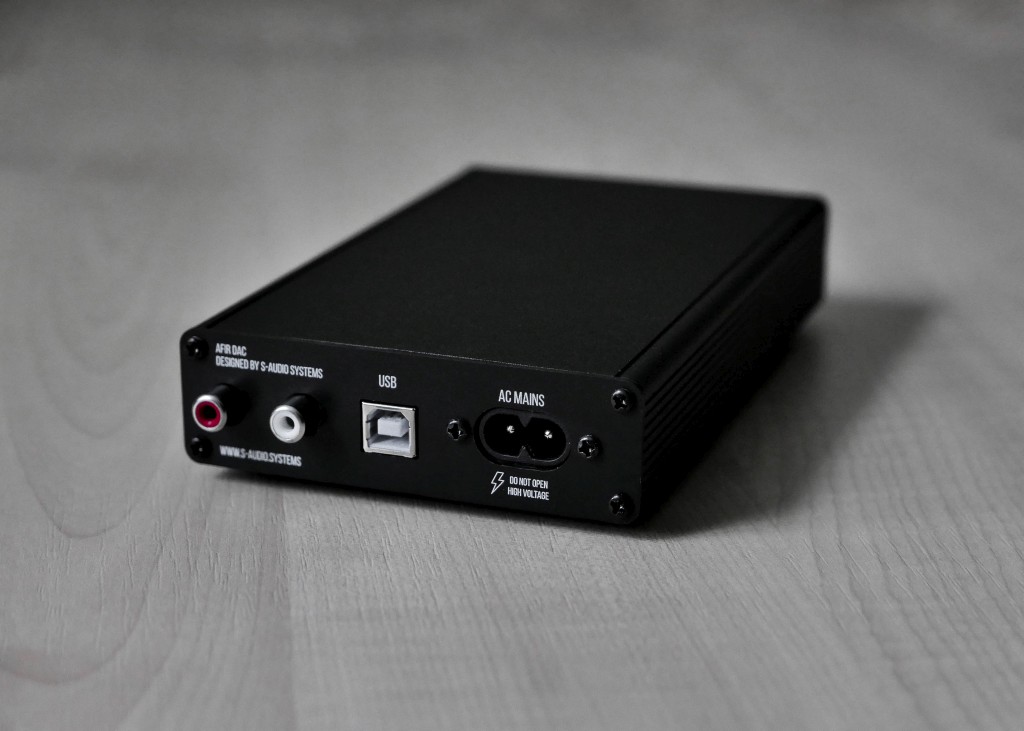
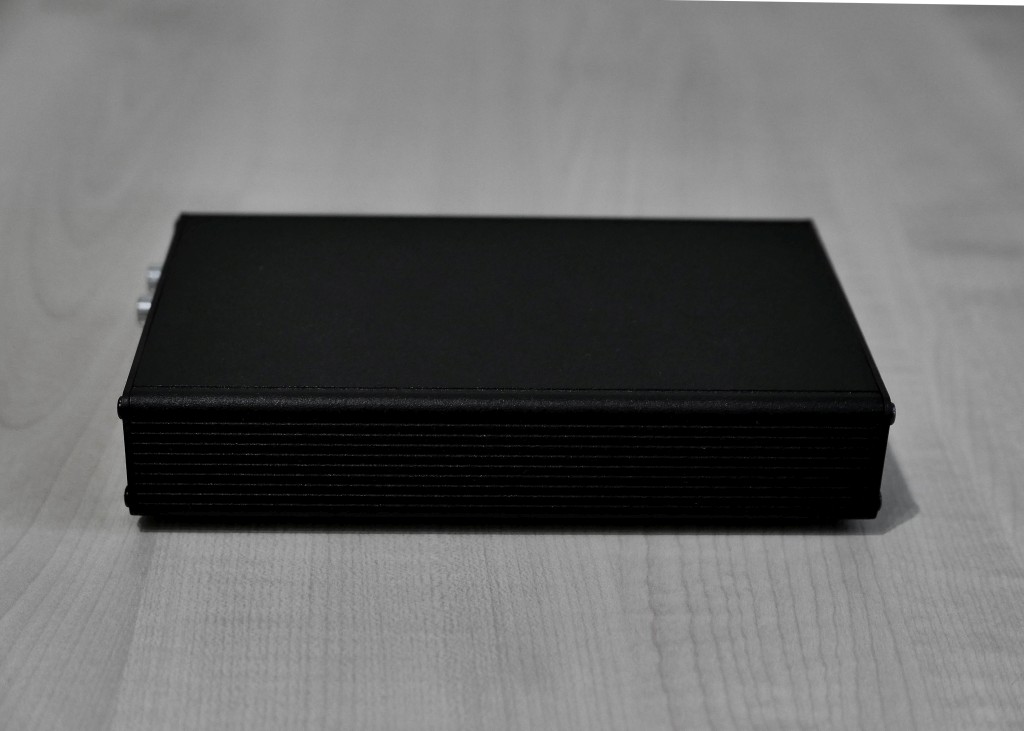
The spectrum of a 1 kHz signal with sampling rate 44.1 kHz is shown below:
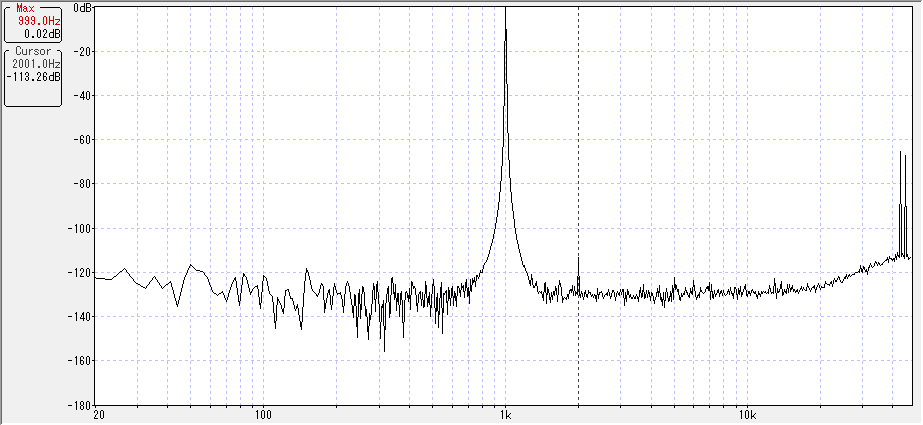
At 88.2/96 kHz and 176.4/192 kHz sampling rates, distortions increase, respectively, but always remain lower than the dynamic range of hearing. It should not be forgotten that this is a 1-bit DAC in which distortion does not depend on the type of signal, in contrast to multi-bit DACs where distortion depends on the type of signal, and varies on average from -60 db to -120 db, producing a unique coloring that depends on the SDM-DEM-DAC combination.
Brief technical data:
- Output voltage — 3 V RMS (10.5 dBu into 600 Ohms).
- Output impedance — 100 Ohm.
- Minimum load — 600 Ohm.
- Input — USB(PCM 32-192kHz, DSD64-512 (DSD to PCM)).
- Output connectors — RCA, Jack 6.3 mm.
- Power — 230 V+-10% 50-60 Hz.
- Dimensions — 160*100*30 mm.
- Power consumption — <0.8 W via USB, 0.5 W via 230V mains supply.
For macOS, Linux, Android no USB drivers are required. For Windows 7/8/8.1/10 drivers (including ASIO) can be downloaded from the download page.
For correct output of audio data under Windows OS use only ASIO (needs to be configured for 24-bit/50ms), Kernel Streaming or WASAPI Exclusive modes.
